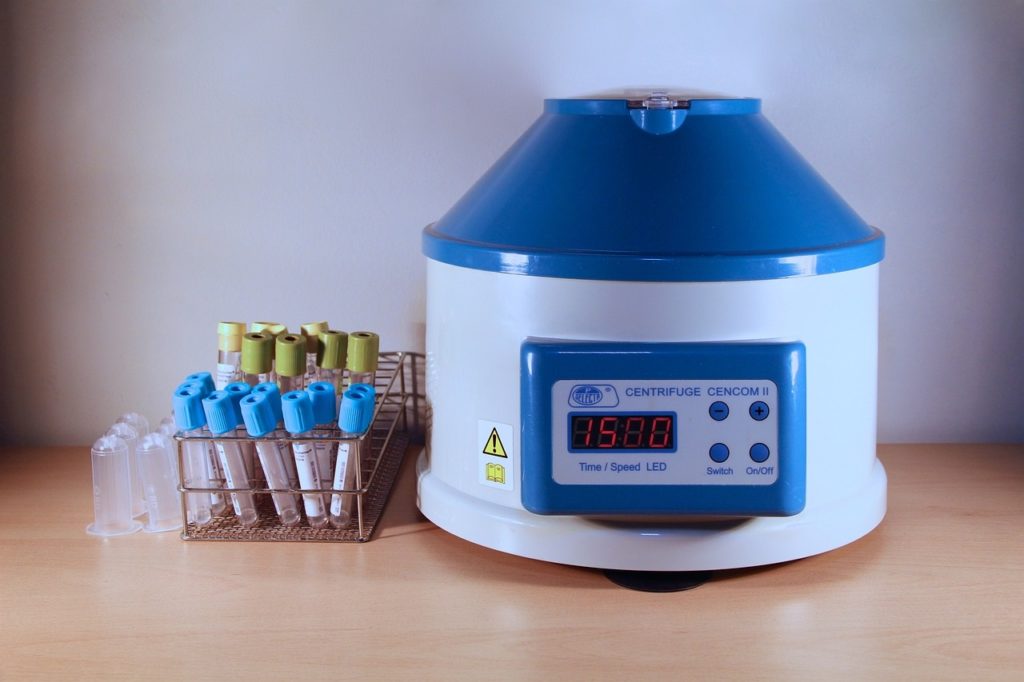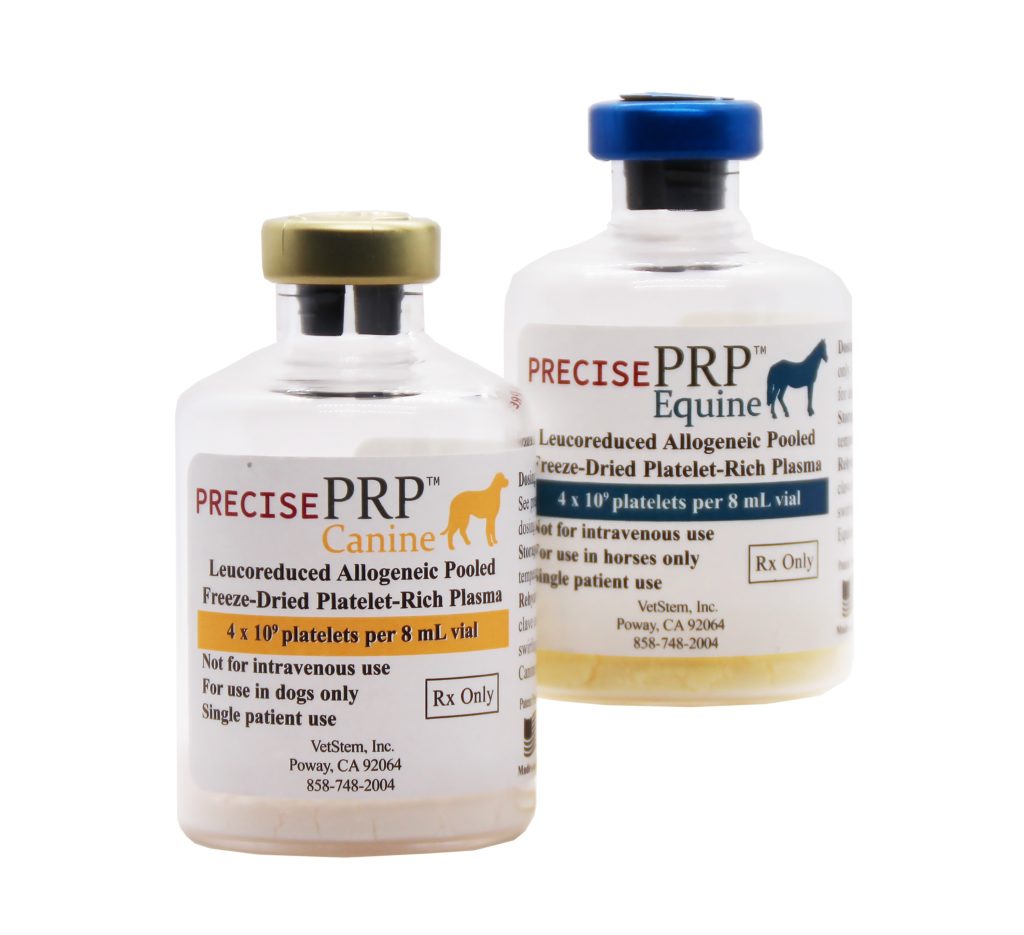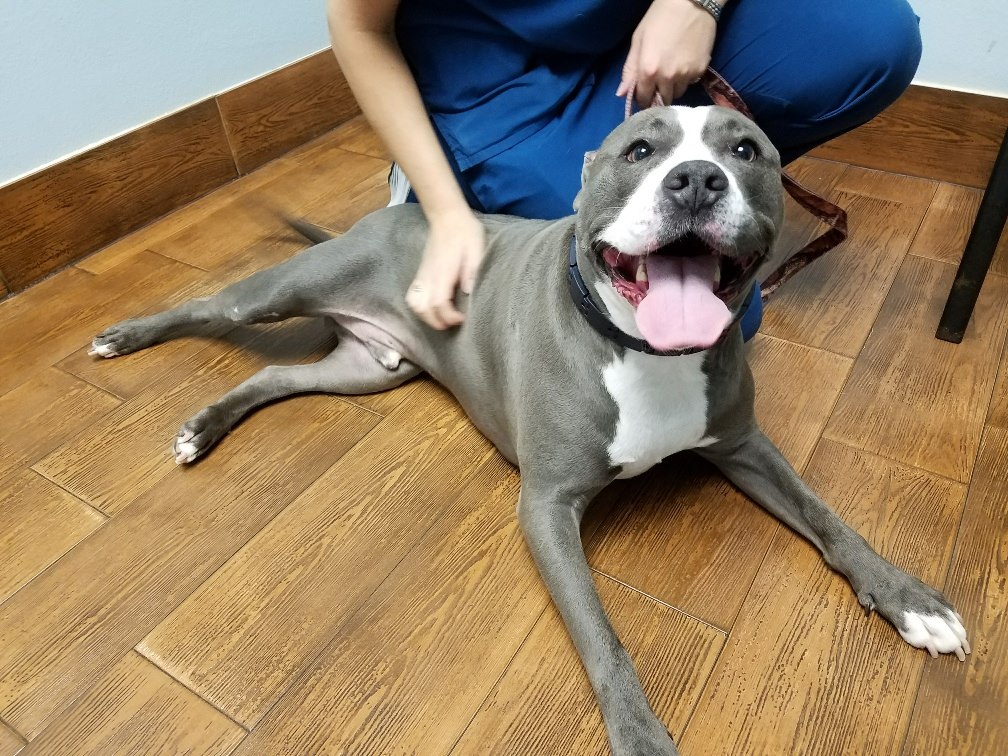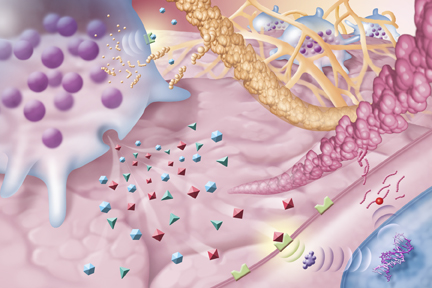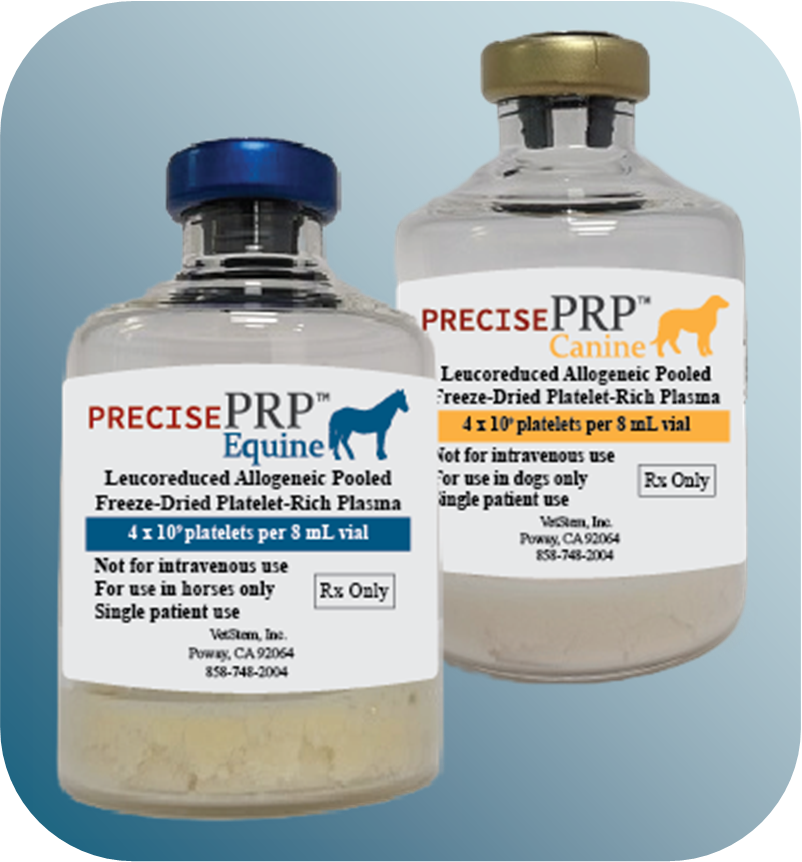September is Animal Pain Awareness Month
September is here and as some of you may know, this month is very important in the veterinary world. September has been declared as Animal Pain Awareness Month by the International Veterinary Academy of Pain Management (IVAPM). The goal of this month is to raise awareness and to help veterinary professionals and pet owners recognize and manage pain in animals of all species. As such, each year, we dedicate the entire month of VetStem blogs to the topic.
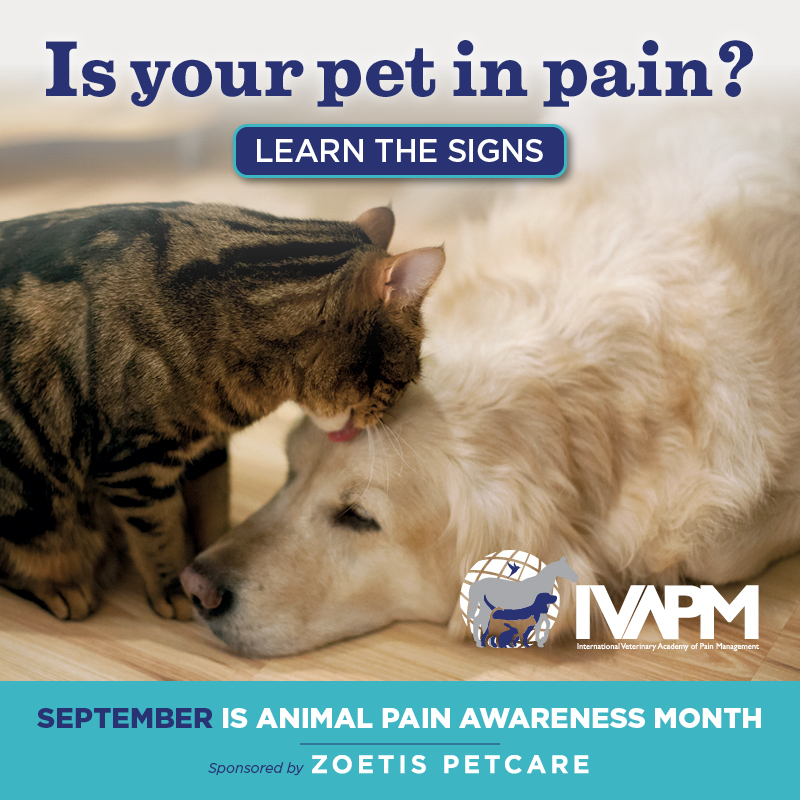
Pain Management in Pets
Just like people, pain in our pets can lead to a decreased quality of life. By managing an animal’s pain, we not only make them feel better, but we also help them live a happier life. IVAPM works to educate veterinary professionals and pet owners to better understand how to recognize and manage pain in pets and, in doing so, has helped the field of veterinary pain management grow tremendously in recent years.
As the field continues to grow, there have been a great many advances for methods to control pain in animals. Pain medications are no longer the only way to control pain. Several newer and more natural alternatives have become more mainstream in veterinary medicine including things like rehabilitation, acupuncture, and even stem cell therapy. With these advances, veterinarians now have the ability to help several different painful conditions that they struggled with in the past.
Types of Pain in Pets
It is important to note that there are multiple types and causes of pain in animals. Pain can be acute such as pain from a recent surgical procedure or injury. Acute pain is characterized by pain that has come on suddenly or has only been present for a short period of time. Alternatively, chronic pain can be more subtle and likely came on slowly over an extended period of time. An example of chronic pain is osteoarthritis pain.
We can further break this down into types of pain. The three primary classifications of pain are nociceptive, inflammatory, and neuropathic. Nociceptive pain is caused by noxious stimulation such as an injury/physical damage, exposure to chemicals, or exposure to extreme temperatures. As its name suggests, inflammatory pain is caused by acute or chronic inflammation. And lastly, neuropathic pain comes from damage to an element of the nervous system.
Understanding the types and causes of pain in pets can help pet owners recognize when their pet may be in pain and when to seek help from their veterinarian. Pain management is an invaluable tool in maintaining happy and healthy pets. Stay turned for more pain awareness blogs all month long!

